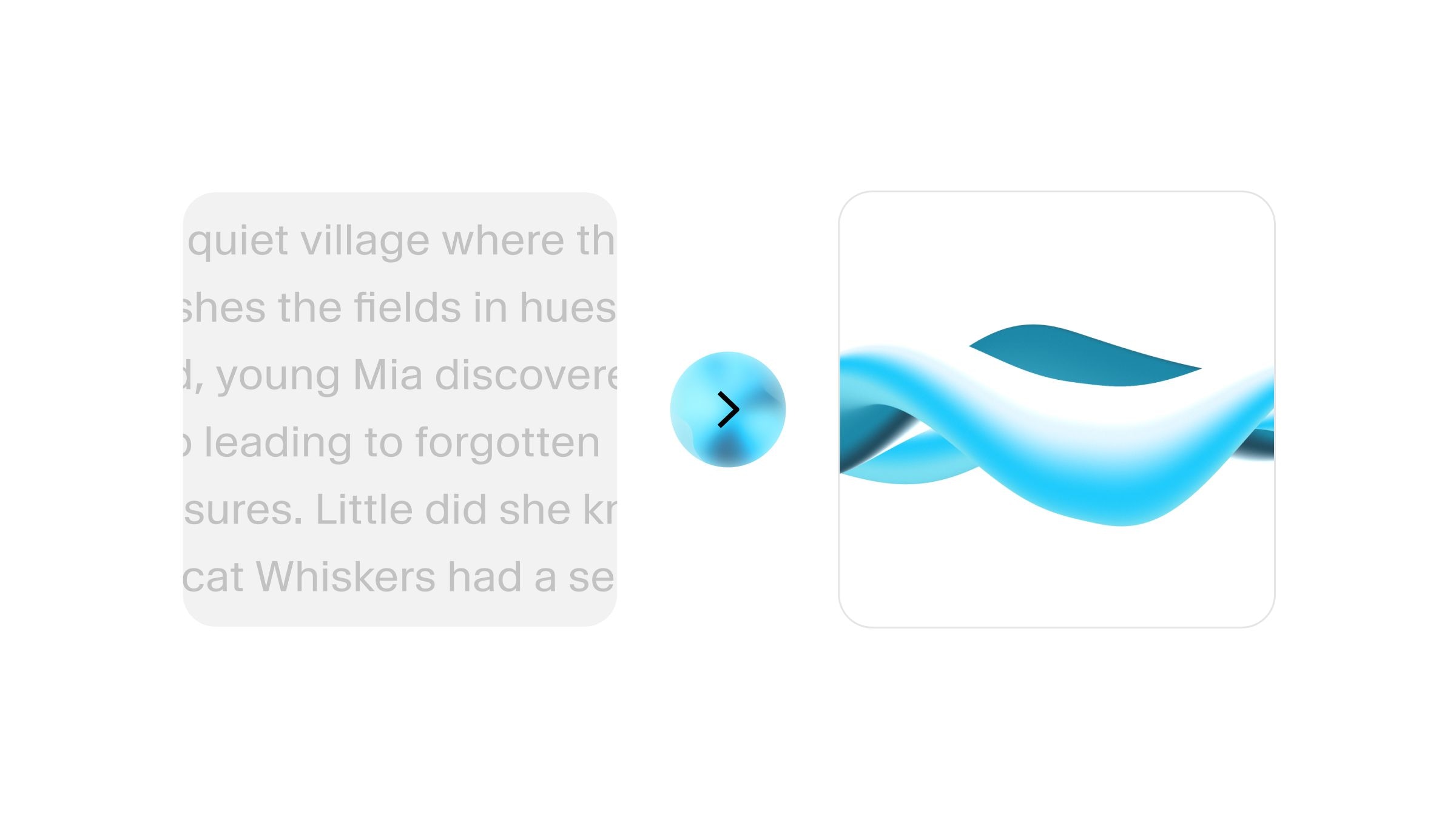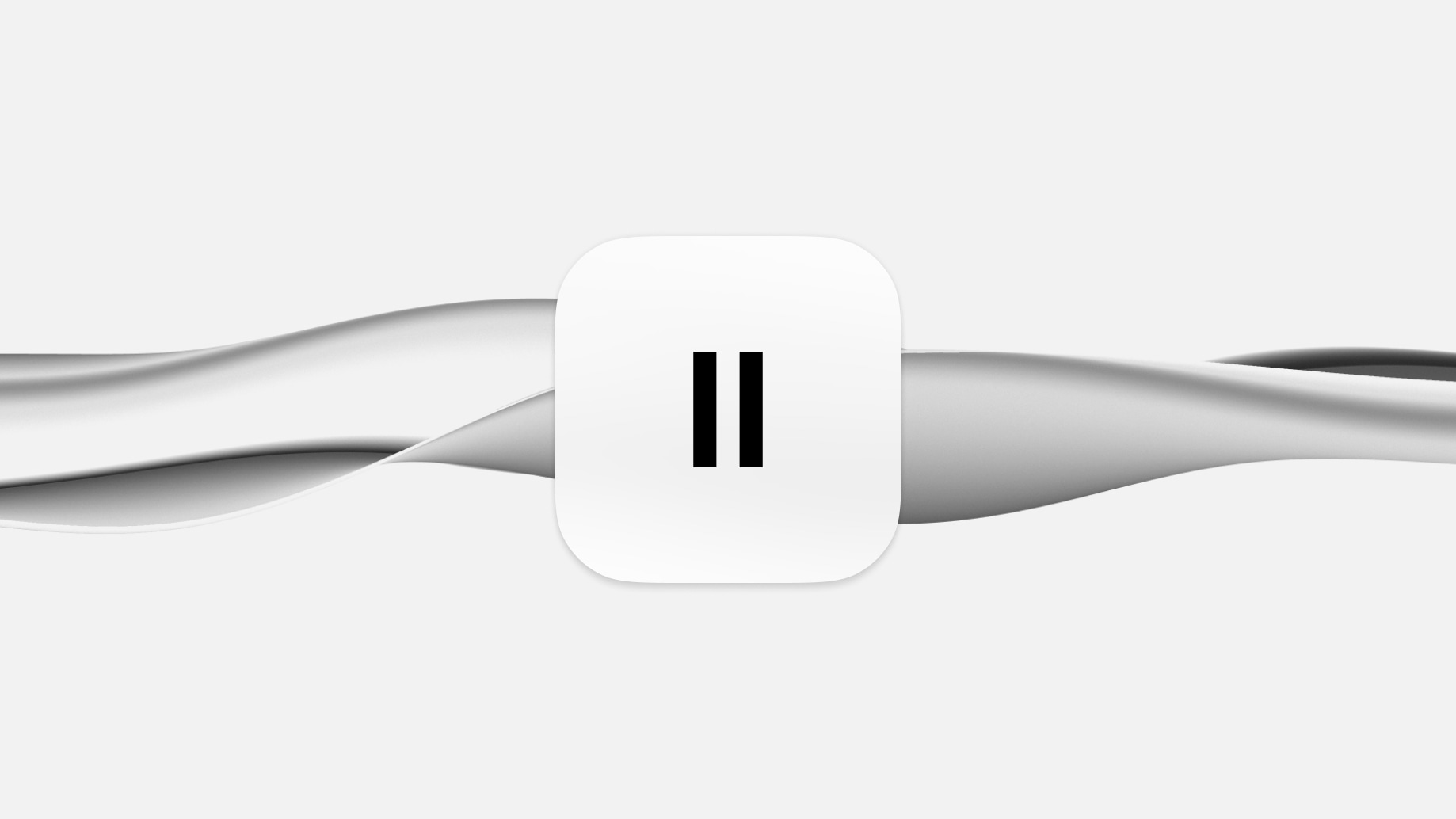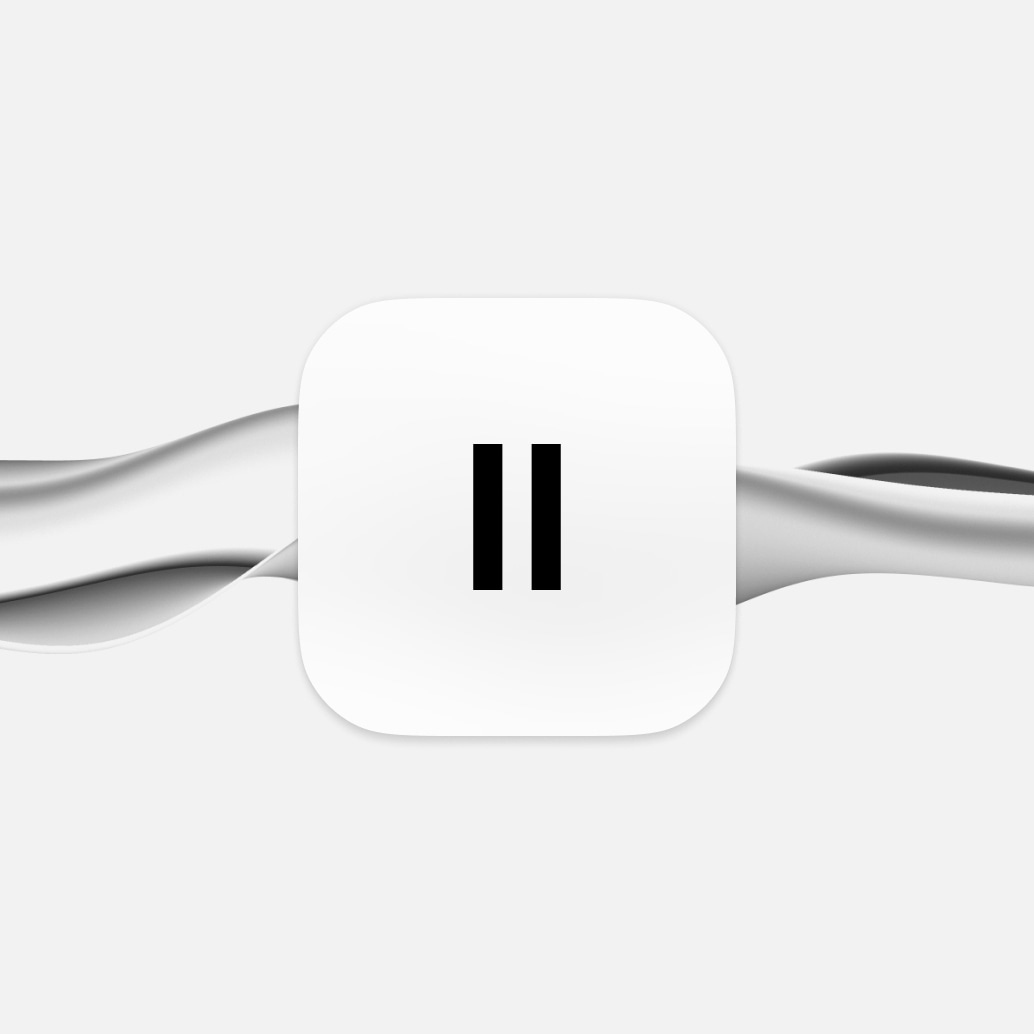The International Phonetic Association’s (IPA) vowel chart is a chart or map for language scholars, aiding them in their discovery of the vast diversity among spoken languages. Offering both visuals and sound audio files as examples, this interactive tool helps users make sense of phonetic symbols to represent vowel sounds accurately across different written languages, including French, English, Spanish, and more.
Vowels like [a], [e], [i], [o], and [u] are familiar to European language speakers such as Spanish or Italian but may be less common in Asian languages or in indigenous tongues. Using the IPA chart provides a standard method of sound communication across languages, making pronunciation easier for new language learners. Why can't language learners just read the new words? If you've ever learned a language, you'll know it's not that simple. Some languages use different letter shapes to represent different sounds, whereas others may use an entirely different alphabet or characters entirely.
The IPA symbols negate this problem, providing a universal table of sounds that can be applied to any language in the world. Whether French or Latin, Spanish or Cantonese, the IPA chart helps linguists and language learners describe the sounds of words in a universal format.
The structure of the IPA vowel chart
The IPA chart is an invaluable addition to the study of language, utilizing symbols that precisely depict various vowel sounds from the International Phonetic Alphabet. By using terms like ‘close,’ ‘open,’ ‘mid,’ and so on, the chart's visual representations organize articulations in a way that reflects how they are produced within human vocal tracts - including non-pulmonic consonants.
The chart graphically displays distinctions between different sounding vowels with accuracy regarding their physical production form by sound vibrations emitted from the vocal folds, or, in layman's terms, how your mouth and throat must move to accurately make the sound described.
Vowels unpacked: front, central, and back
The IPA chart assigns distinct sections for vowel sounds, which are the basis of language sounds. They're arranged on the chart in the order by which your mouth must move to represent them. Try reading the following examples and see for yourself how your mouth and vocal cords must move.
On the left side are front vowels that involve pushing articulations forward towards the mouth. English words include ‘see’ and ‘sit’.
Central vowel positions denote a relaxed state with an unrounded set of lips and tongue in the middle placement inside one’s oral cavity - think about ‘but’ or ‘her.’
Lastly, back vowels present themselves when raising your tongue to the soft palate as well as rounding up your lips- examples can be found within words like ‘boot’ or ‘go.’





.webp&w=3840&q=95)